Block paving is a long-lasting and attractive option for driveways, patios, and business areas. However, it can be a problem if installed wrongly, resulting in sinking, inadequate drainage, or uneven surfaces. As a contractor or DIYer, using the proper techniques is crucial to achieving a long-lasting professional finish. Here is our guide to ensuring a well-structured and smooth block paving installation.
Block paving is a long-lasting and attractive option for driveways, patios, and business areas. However, it can be a problem if installed wrongly, resulting in sinking, inadequate drainage, or uneven surfaces. As a contractor or DIYer, using the proper techniques is crucial to achieving a long-lasting professional finish. Here is our guide to ensuring a well-structured and smooth block paving installation.
Why Proper Block Paving Installation is Important
Block paving beautifies the look of outdoor areas while providing durability and weather resistance. Yet, improper installation can result in structural problems like water accumulation, weed infestation, and block movement. With best practices, you can achieve longevity, lower maintenance expenses, and a perfect, even surface.
Dos of Laying Block Paving
Plan Your Layout Carefully
Prior to starting, plan your layout according to traffic flow, drainage requirements, and appearance. Proper planning avoids typical problems like uneven edges and unnecessary cutting of blocks.
Dig to the Right Depth
A solid foundation is the guarantee of long-term block paving. Dig at least 200-250mm deep for driveways and 150mm for patios to allow space for sub-base, bedding sand, and paving blocks.
Employ a Good Sub-Base
Use a Strong Sub-Base
A compacted sub-base (e.g., MOT Type 1) inhibits sinking and movement. Level out the sub-base evenly to a depth of not less than 100-150mm, and compact it using a vibrating plate compactor for stability.
Provide Adequate Drainage
Water damage and instability can be caused by poor drainage. Create a slight slope (1-2% gradient) away from structures and use permeable paving if necessary to avoid water pooling.
Apply an Even Bedding Layer
Sprinkle sharp sand or grit (about 30-50mm thick) evenly over the sub-base and level it using a straightedge or screeding rails. Don’t compact the sand prior to laying blocks.
Place Blocks in an Appropriate Pattern
Utilize a herringbone, stretcher bond, or basketweave pattern to evenly distribute the weight and provide strength. Begin from a definite point and observe uniform gaps (2-5mm) between blocks.
Cut Blocks Cleanly Where Necessary
Use a block splitter or disc cutter to trim blocks precisely for a seamless edge finish. Poorly cut blocks can result in weak spots and gaps.
Compact and Joint Blocks Properly
Once laid, compact the paving using a vibrating plate compactor with a rubber mat to avoid damage. Then, sweep kiln-dried sand into the joints to lock the blocks in place.
Seal the Surface for Protection
Using a paving sealer adds strength, minimizes weed growth, and guards against oil stains. Use an appropriate sealant depending on the traffic load and exposure.
Don’ts of Laying Block Paving
Don’t Bypass Excavation and Sub-Base Preparation
Shallow foundation or inadequate compaction will result in settlement and movement with time. Always dig deep enough and employ good-quality sub-base material.
Don’t Place Blocks on Uncompacted Ground
Skipping compaction may lead to uneven surfaces. Properly compact every layer in order to make a solid, load-carrying foundation.
Never Use Soft or Fine Sand Bedding
Instability and poor drainage can result from fine sand. Always have a sharp sand or grit-based bedding layer to provide the required support.
Never Ignore Edge Restraints
The paving blocks might shift and become dispersed under loads if not suitably edged. Utilize powerful concrete, brick, or stone edge restraints to preserve the structure.
Don’t Overlook Drainage Issues
Flat areas contribute to surface water and damage to the surface. Design drainage using correct slopes, channels, or permeable pavements.
Don’t Compact Sand Pre-Block
Compacting bedding sand prior to laying blocks leads to uneven pavement. Compact only after blocks have been laid down to settle blocks evenly.
Don’t Leave Joints Unfilled
Unfilled joints provide entry for water, resulting in instability and weed growth. Always sweep kiln-dried sand into joints once laid and compacted.
Avoid Excessive Use of Sealants Early
Too early application of sealant can entrap water, resulting in staining and degradation. Let paving settle for 4-6 weeks before sealing.
Recommended Tools & Materials for Block Paving
| Tool/Material | Purpose |
|---|---|
| Shovel & Rake | For excavation and leveling |
| Vibrating Plate Compactor | For sub-base and block compaction |
| Screeding Rails & Straightedge | For accurate bedding sand leveling |
| Block Splitter or Disc Cutter | For precise block cutting |
| Kiln-Dried Sand | For joint filling and stability |
| Paving Sealer | For surface protection and longevity |
| Edge Restraints (Concrete/Brick) | For maintaining paving structure |
Common Problems & How to Avoid Them
Weed Growth Between Blocks
Solution: Use sealant and kiln-dried sand to avoid weed penetration.
Uneven or Sinking Paving
Solution: Have proper excavation, a sound sub-base, and compacted layers.
Poor Drainage & Water Pooling
Solution: Design a 1-2% slope for runoff or permeable block paving.
Blocks Shifting Over Time
Solution: Use solid edge restraints and re-sand joints every few years.
Final Thoughts
Proper installation of block paving guarantees durability, beauty, and long-term efficiency. Following the guidelines in this guide will help you avoid amateur mistakes and achieve a finish that meets professional standards. Regardless of whether your application is a driveway, patio, or commercial use, investing time upfront to prepare, lay, and complete the paving correctly will offset future maintenance charges and maximize your surface’s total lifespan.
For more extensive projects or professional help, engage expert block paving contractors for quality assurance and effectiveness. In need of other paving alternatives? See our Tarmac Surfacing Services for a long-lasting and budget-friendly option.
Require Expert Block Paving Services? Need high-quality, professional block paving installation? Call us today for a free consultation and quote!


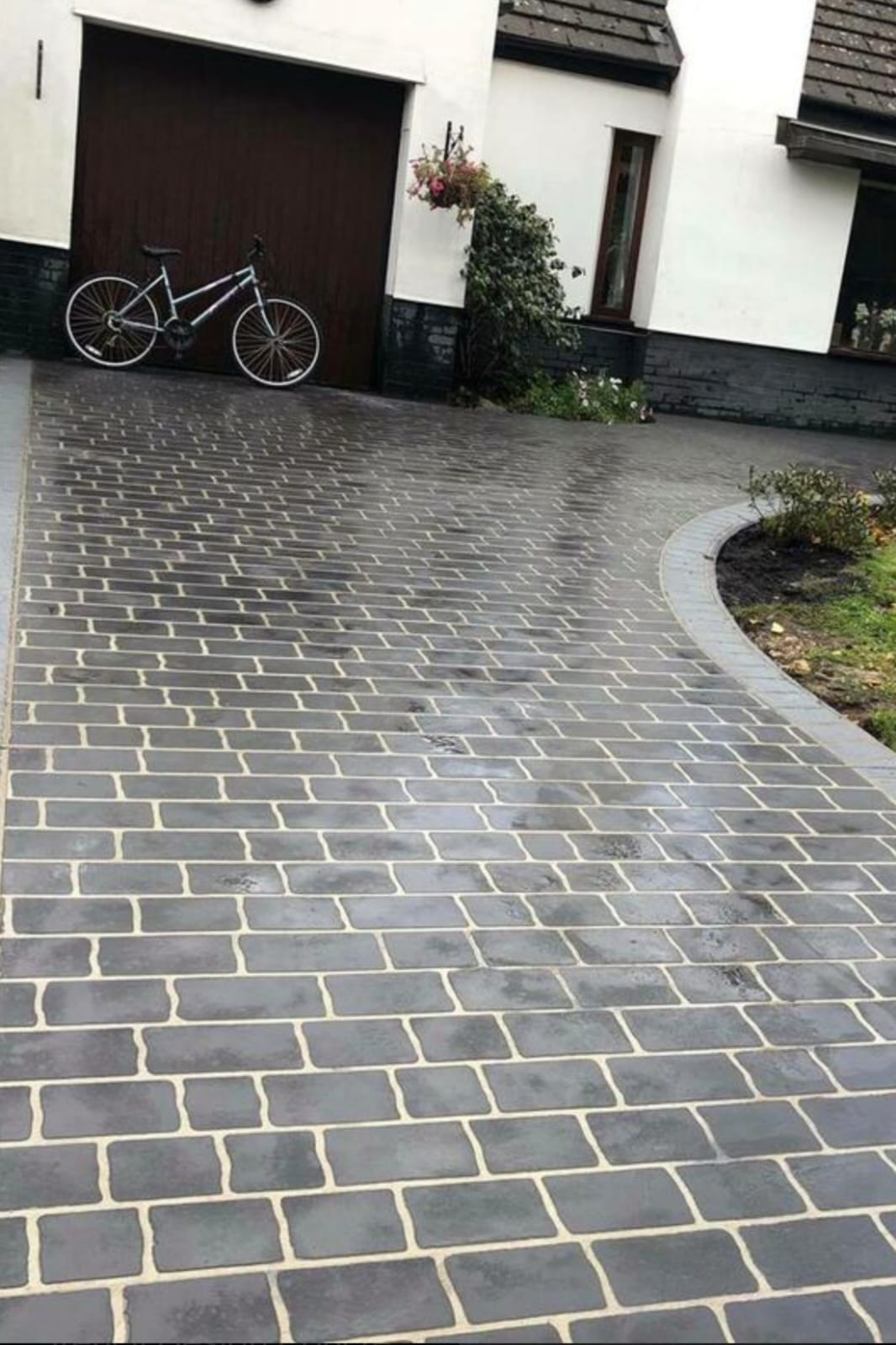

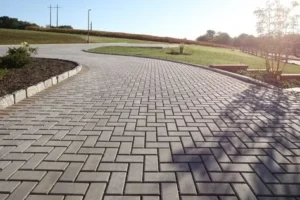
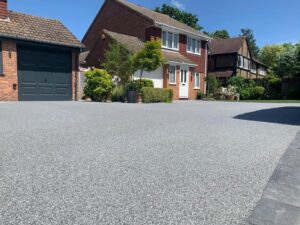
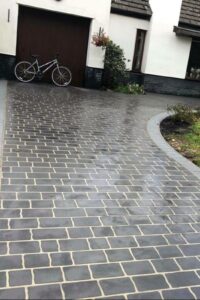
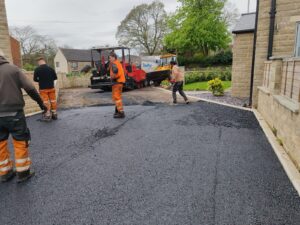
One Response
Your words have the power to make the abstract feel concrete, to bring fleeting thoughts into sharp focus. I’ve read many articles and books in my time, but there’s something about your writing that makes me feel as though I’ve discovered a new way of thinking, a new way of being. You’ve truly unlocked something special in your words.